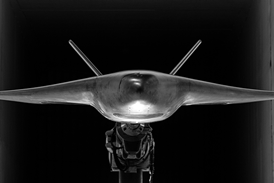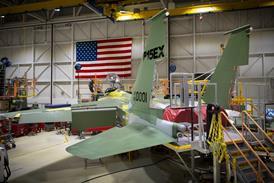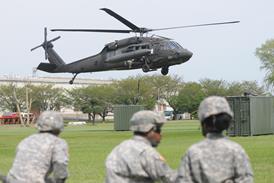A pilotless passenger airliner capable of seamless operations in the proposed Innovative Future Air Traffic System (IFATS) would cost €525 million ($691 million) to develop, according to estimates prepared by the European Commission-funded research project.
A production version, based on a 230-seat cockpitless aircraft, would have an acquisition cost of €37.8 million - €1.8 million more than an existing 220-seat airliner. The 10 extra seats would be located in the space currently occupied by the cockpit. According to estimates prepared by Israel Aerospace Industries as part of its contribution to the IFATS project, the pilotless aircraft would cost €29.7 million annually to operate, compared with a nominal yearly cost of €29.4 million for an existing 220-seat airliner.
The IFATS aircraft figure comprises fixed yearly costs of €4.75 million, or 96% of the manned equivalent, and direct costs of €24.90 or 102% of the nominal manned equivalent, due to higher utilisation.
A pilotless aircraft operating within the IFATS system would achieve an average 3,833 flight hours annually, compared with 3,650 for the piloted equivalent in the current system. It would have a fuel consumption of 5,700 litres (1,500USgal) an hour, up to 3,000 litres less per hour than a piloted airliner. Maintenance requirements of 6.4 man-hours per flight hour are forecast, down from the current eight man-hours. Fuel and maintenance savings would be achieved by using advanced technologies in design and development, as well as more capable on-board diagnostic and component health monitoring systems linked to ground support centres.
Parallel studies being carried out by EADS are examining the cost implications of other segments of the proposed global system, due for completion in the next six months.
Source: Flight International
























